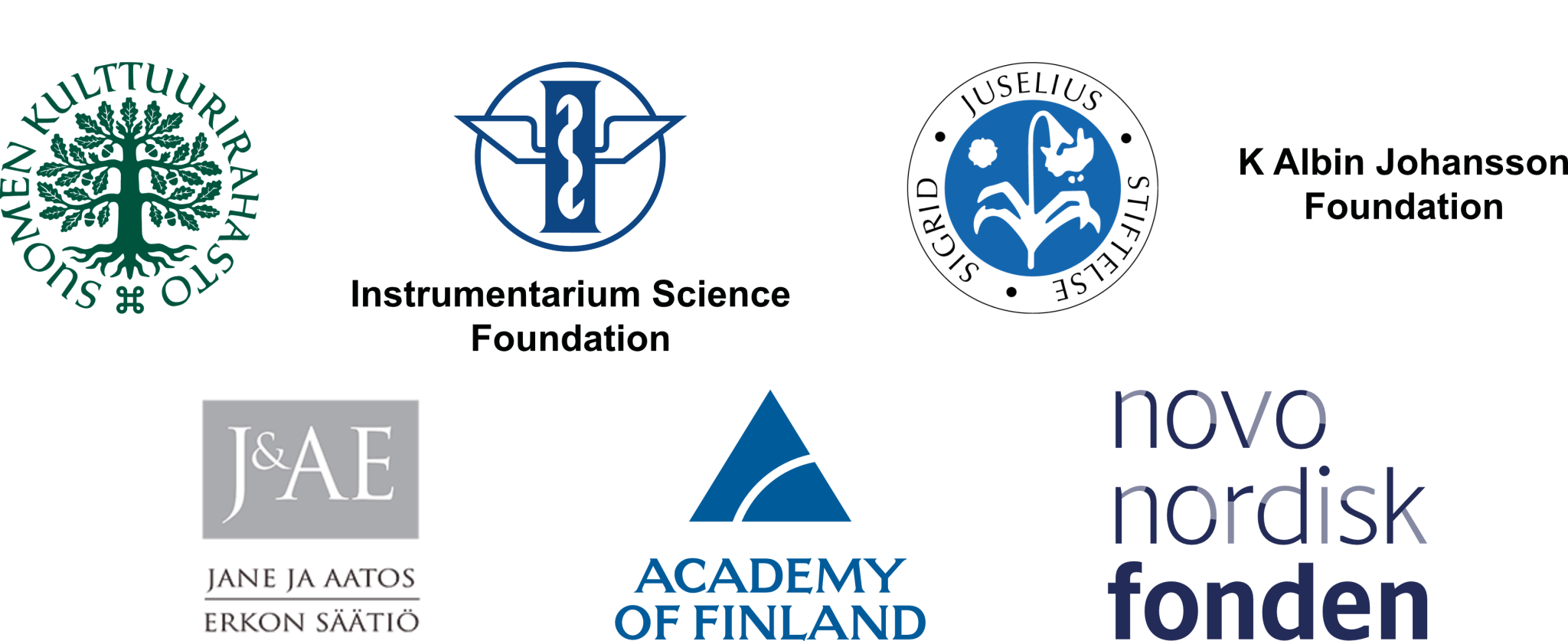Research
While targeted therapy has transformed the treatment of cancer, the long-term efficacy of these strategies is hampered by acquired drug resistance. In many cases, clinical drug resistance is preceded by minimal residual disease (MRD) state, where residual tumors stay dormant for an extended period of time. Emerging evidence indicates that the establishment of MRD is mainly regulated by non-genetic mechanisms, as cancer cells adapt to treatment by acquiring new phenotypic states that no longer depend on the targeted oncogene. These slow-cycling drug tolerant cells can regain proliferative state upon drug withdrawal or acquisition of additional resistance mechanisms, and as such serve as a reservoir of dormant cells capable of re-initiating the growth of a drug resistant tumor. Understanding the mechanisms underlying the establishment or maintenance of minimal residual disease would enable the development of rational combination strategies aimed to prevent or limit residual disease, leading to prolonged survival of cancer patients.
Selected Publications
- Kurppa KJ, Liu Y, To C, Zhang T, Fan M, Vadji A, Knelson EH, Xie Y, … , Jänne PA. Treatment-induced tumor dormancy through YAP-mediated transcriptional reprogramming of the apoptotic pathway. Cancer Cell. 2020, 37:104-122. Pubmed
- Boettcher S, Miller PG, Sharma R, McConkey M, Leventhal M, Krivtsov AV, Giacomelli AO, Wong W Kim J, Chao, Kurppa KJ,… , Ebert BL. A dominant-negative effect drives selection of TP53 missense mutations in myeloid malignancies. Science. 2019, 356, 599-604. Pubmed
- Kurppa KJ, Denessiouk K, Johnson MS, Elenius K. Activating ERBB4 mutations in non-small cell lung cancer. Oncogene. 2016, 35:1283-91. Pubmed
- Kurppa KJ, Catón J, Morgan PR, Ristimäki A, Ruhin B, Kellokoski J, Elenius K, Heikinheimo K. High frequency of BRAF V600E mutations in ameloblastoma. Journal of Pathology.2014, 232:492-8. Pubmed
Funding
